The Abekawa mochi, a confectionery item from Japan, is a relatively unknown commodity that has nevertheless managed to capture the attention of consumers across the country. Its unique taste and texture have been described as captivating. This distinctive confection from Shizuoka Prefecture offers an irresistible blend of textures and flavors that evoke the essence of traditional Japanese cuisine. Imagine biting into a soft, chewy rice cake enveloped in a fine dusting of sweet, nutty soybean flour. This simple yet exquisite combination has stood the test of time. Those with a penchant for Japanese cuisine, whether seasoned aficionados or curious novices, will find Abekawa mochi a palate-pleasing experience that is both comforting and exciting. Join us as we examine the history and cultural significance of this beloved local delicacy, and explore why it has become a popular choice for those with a sweet tooth and an interest in authentic Japanese cuisine.
What is a mochi ?
Mochi, a traditional Japanese rice cake, is a cherished dessert known for its round shape and unique, chewy texture. Made from pounded glutinous rice, it’s both versatile and culturally significant. During New Year celebrations, Japanese families often prepare ozoni, a savory soup featuring warmed mochi, symbolizing good fortune and family unity for the coming year.
What is Abekawa mochi ?
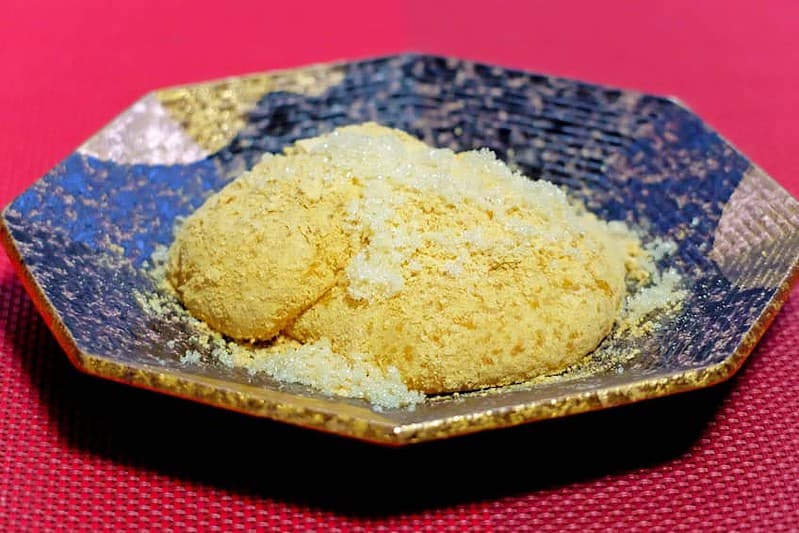
出典:農林水産省Webサイト
(https://www.maff.go.jp/j/keikaku/syokubunka/k_ryouri/search_menu/menu/36_18_shizuoka.html)
Abekawa mochi, a traditional Japanese confection originating from Shizuoka Prefecture, exemplifies the refined art of sweet craftsmanship in Japanese cuisine. This delicacy features freshly pounded or soft-cut rice cakes that have been generously coated with sweetened kinako (roasted soybean flour). The preparation process entails meticulous shaping of the mochi and rolling in the kinako mixture, ensuring an even coating that provides both flavor and visual appeal.
Abekawa mochi is typically served unfilled to highlight the subtle sweetness of the sugar-kinako blend. Variations with red bean paste filling are popular among those who prefer a richer taste. The contrast between the chewy mochi and the powdery kinako creates a unique texture, a defining characteristic of this cherished local treat. This textural interplay, combined with the nutty flavor of the kinako, offers a multisensory experience that has made Abekawa mochi a favorite among locals and visitors alike.
Abekawa mochi’s popularity extends beyond Shizuoka. Numerous Japanese confectionery shops across the country offer their own interpretations of this classic sweet. Abekawa mochi’s enduring appeal is not limited to its taste. It also represents traditional Japanese confectionery techniques and flavors.
History of Abekawa mochi
Abekawa mochi, a confectionary item from Shizuoka Prefecture, has a history that extends over four centuries. Abekawa mochi is a traditional Japanese sweet consisting of soft mochi (rice cake) coated with kinako (roasted soybean flour) and sugar or sweet bean paste.
Origins by the Abe River: The Birth of Abekawa Mochi
The etymology of Abekawa mochi links intimately to the Abe River (Abekawa) in Shizuoka. During the Edo period (1603-1867), gold mines upstream made this area renowned. Tea houses along the river began offering freshly pounded mochi dusted with kinako to travelers.
A Legendary Naming: Tokugawa Ieyasu and the Golden Mochi
Legend says the name “Abekawa mochi” was bestowed by Tokugawa Ieyasu, founder of the Tokugawa shogunate. Visiting the area, he was served this delicacy and asked its name. Local accounts claim quick-thinking residents told Tokugawa Ieyasu the kinako represented gold dust from the Abe River, calling it “gold powder mochi.” Impressed by the taste and clever response, Ieyasu reportedly officially named it “Abekawa mochi.”
Evolution and Popularity: From Local Treat to Tokaido Road Fame
Over time, Abekawa mochi evolved from a simple kinako-coated treat to include variations with sweet black syrup (kuromitsu) or sugar. It gained popularity among travelers along the Tokaido road, one of the five major routes connecting Edo (modern-day Tokyo) to Kyoto. The confection was referenced in various travel writings and essays, thereby facilitating its dissemination beyond the prefecture of Shizuoka.
Edo Period Prosperity and Meiji Era Challenges
During the Edo period, mochi was regarded as a premium snack due to its high rice content. For road-weary travelers, Abekawa mochi provided a satisfying and energizing treat. By the early Meiji era (late 19th century), eight tea houses near the Abe River served Abekawa mochi. The railway opening in 1889 led to decreased foot traffic along the old road, severely impacting Abekawa mochi vendors. Today, only one establishment from that era, Ishibe-ya, remains operational. Two newer establishments, Kagoya and Hashimoto-ya, opened in the late Meiji period.
Modern Adaptations: Preserving Tradition in Changing Times
Modern variations of Abekawa mochi include those coated with sweet bean paste or matcha (green tea powder). Visitors to Ishibe-ya can enjoy traditional Abekawa mochi, and unique variations like spicy mochi served with wasabi soy sauce. The enduring confection, with its simple yet delightful combination of chewy mochi and nutty, sweet kinako, captivates locals and visitors alike. It serves as a tasty reminder of Shizuoka’s culinary heritage.
Recipe of Abekawa mochi
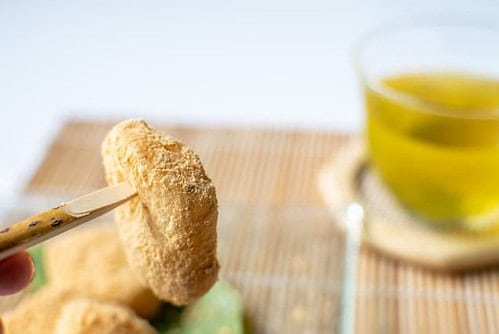
Ingredient
| Ingredients of Abekawa mochi for 2 persons | Measurements |
|---|---|
| For the coverage | |
| Kinako soybean powder | 40g |
| Sugar | 50g |
| For the preparation of the mochi | |
| Mochiko gluten-free rice flour | 150g |
| Sugar | 2 tablespoons |
| Water | 240ml |
How to make AbekawaMochi ?
Conclusion
Abekawa mochi is not merely a sweet delicacy; it is a historical monument of Japanese cuisine. This simple yet elegant confection from Shizuoka perfectly balances tradition with taste, offering a unique glimpse into Japan’s rich culinary heritage. Whether consumed in a historic shop, prepared at home, or shared with friends, each bite of Abekawa mochi connects the consumer to centuries of tradition. We extend an invitation to all to explore and savor this remarkable delicacy, thereby contributing to the preservation of a cherished aspect of Japan’s gastronomic heritage for future generations.
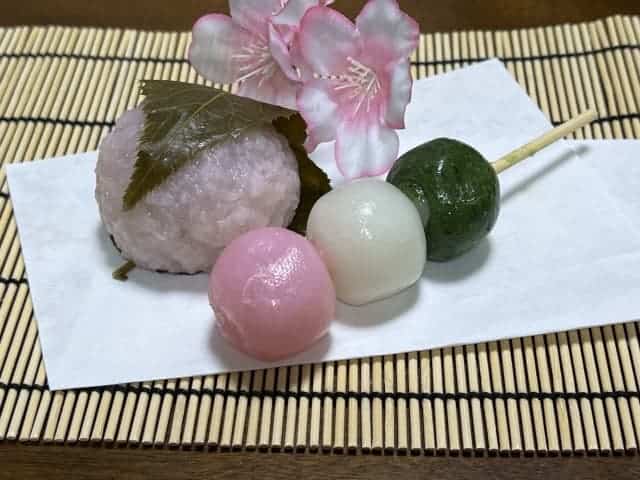
Japan is home to a vast array of traditional sweets, each with its own distinctive flavors, textures, and cultural significance. From the delicate wagashi served during tea ceremonies to the hearty street snacks enjoyed at festivals, Japanese confectionery offers a wide variety of flavors and textures to suit every palate. Such sweets frequently reflect seasonal changes and local ingredients, thereby exemplifying the artistry and attention to detail that are hallmarks of Japanese cuisine. Whether one is partial to the chewy mochi, the refined flavors of yokan, or the intricate designs of namagashi, an investigation of the Japanese confectionery tradition is an enjoyable excursion into the country’s culinary heritage. For further information about these appetizing confections and to identify a new favorite,
please refer to the following link.
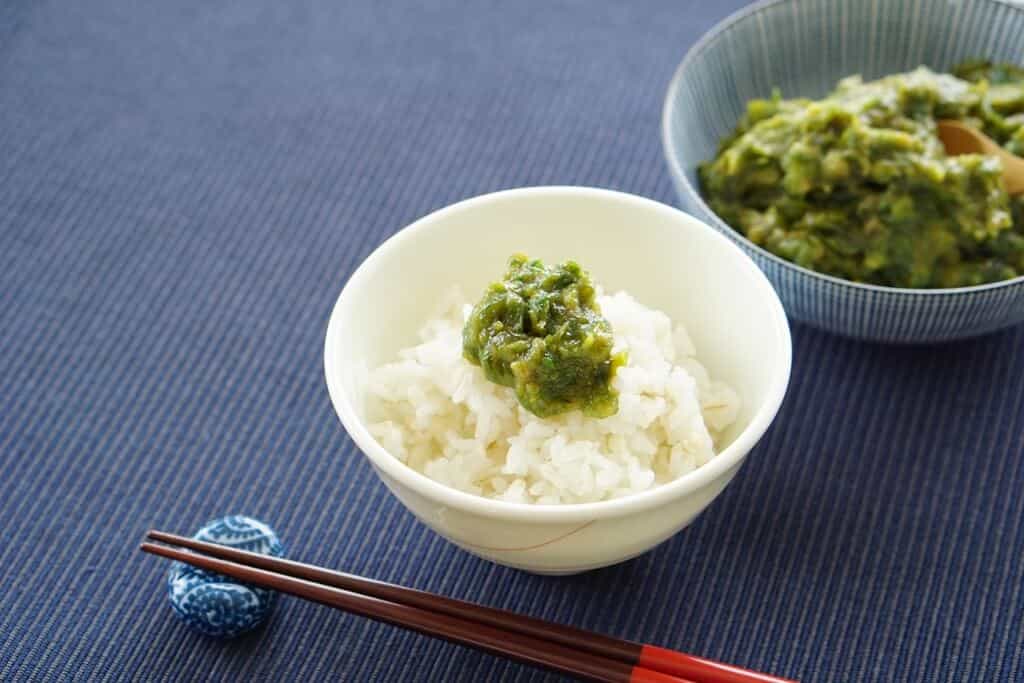
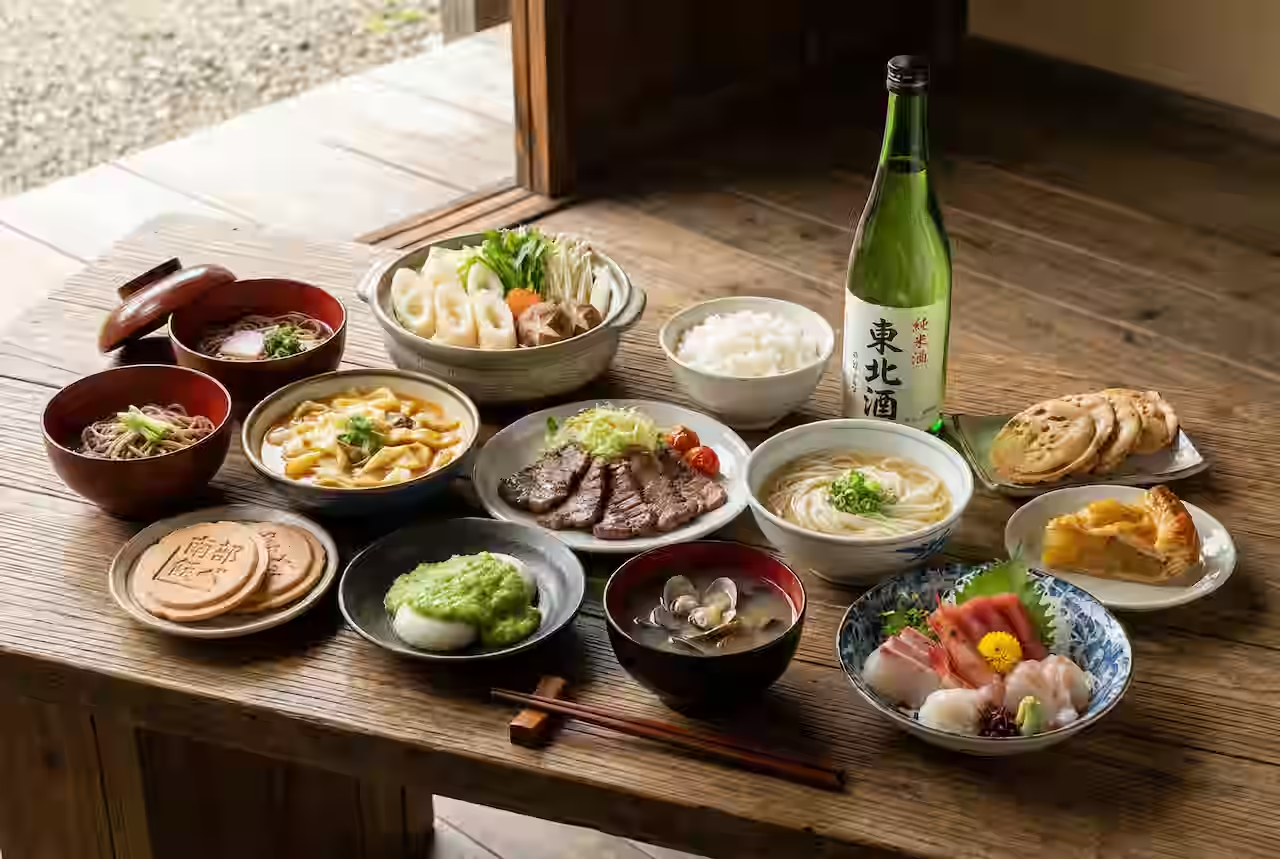

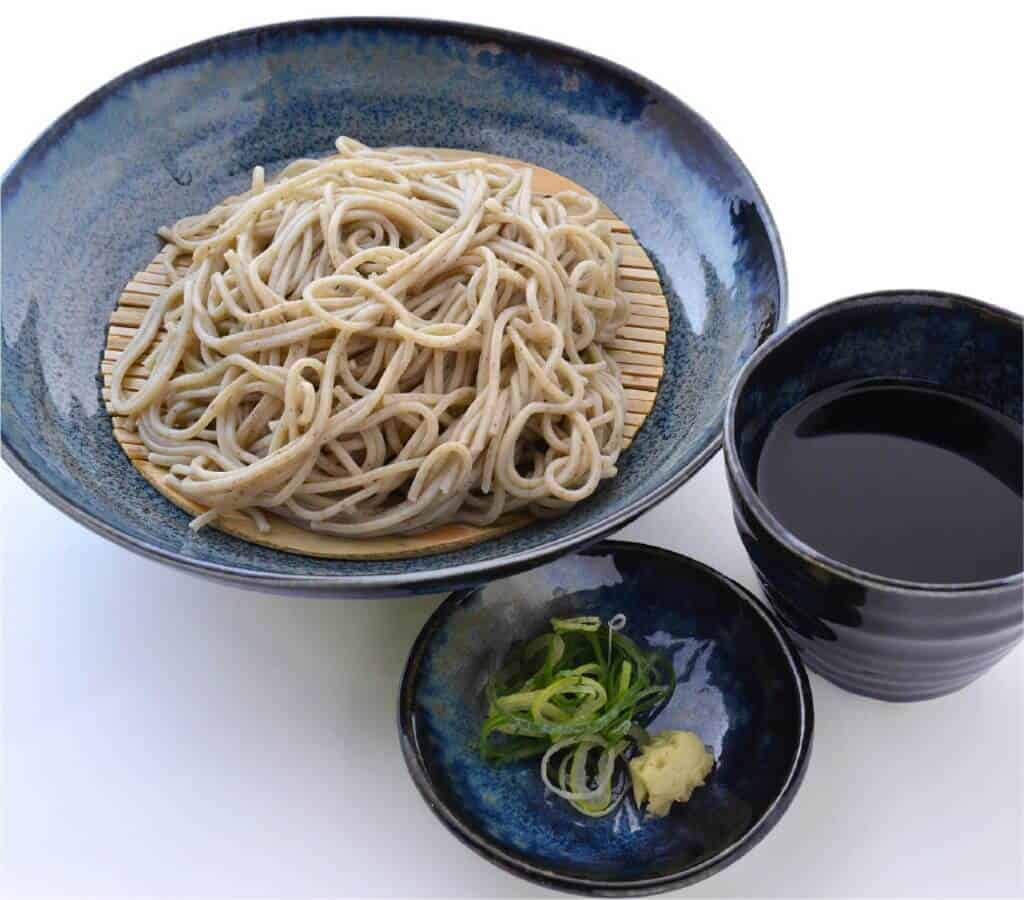
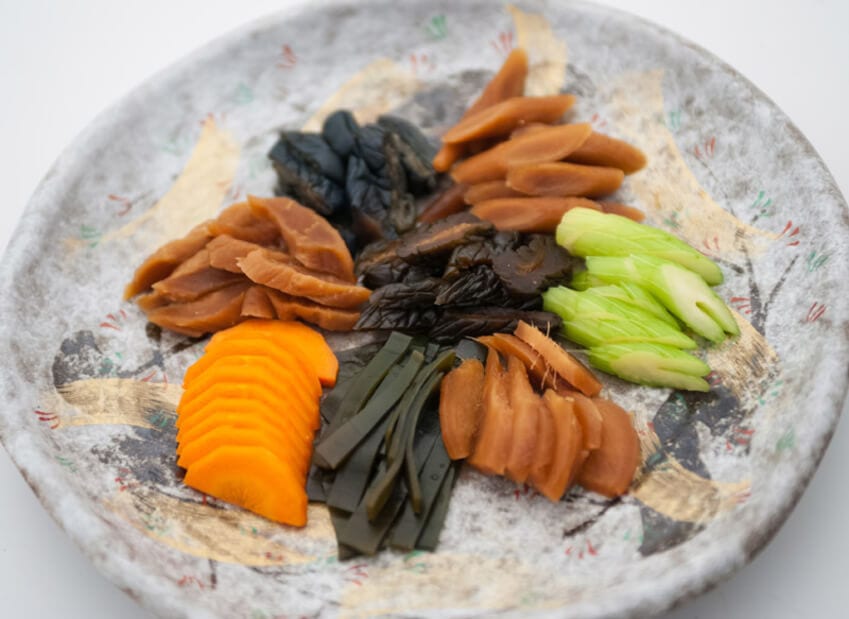

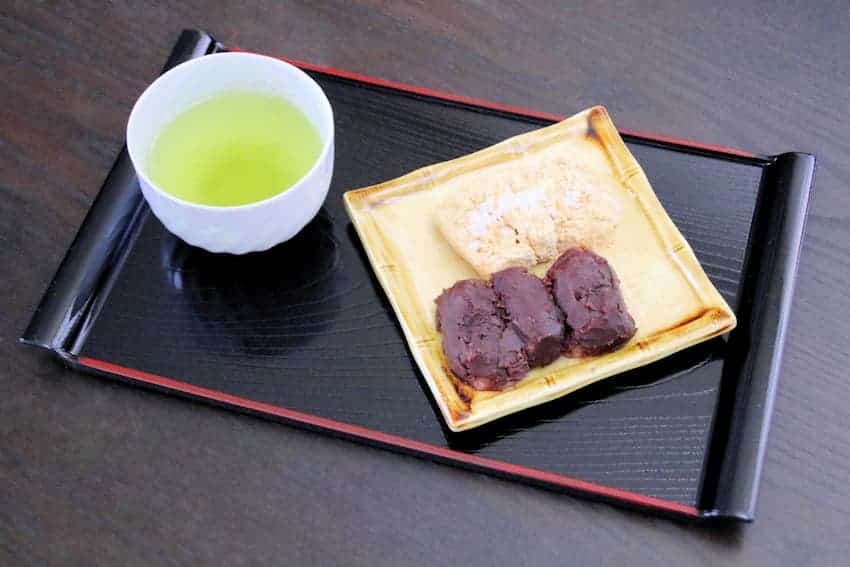
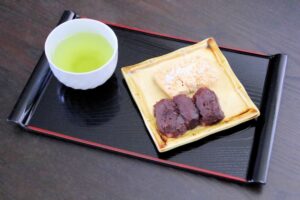
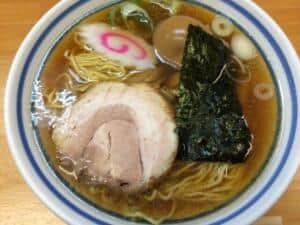
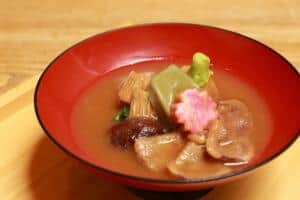
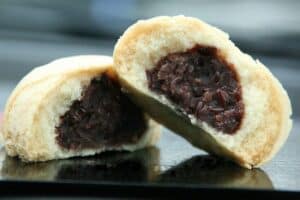


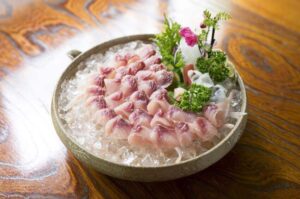
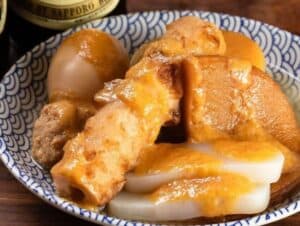
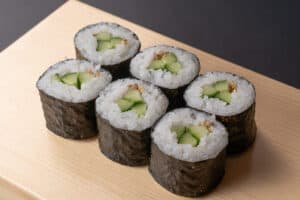
Comments